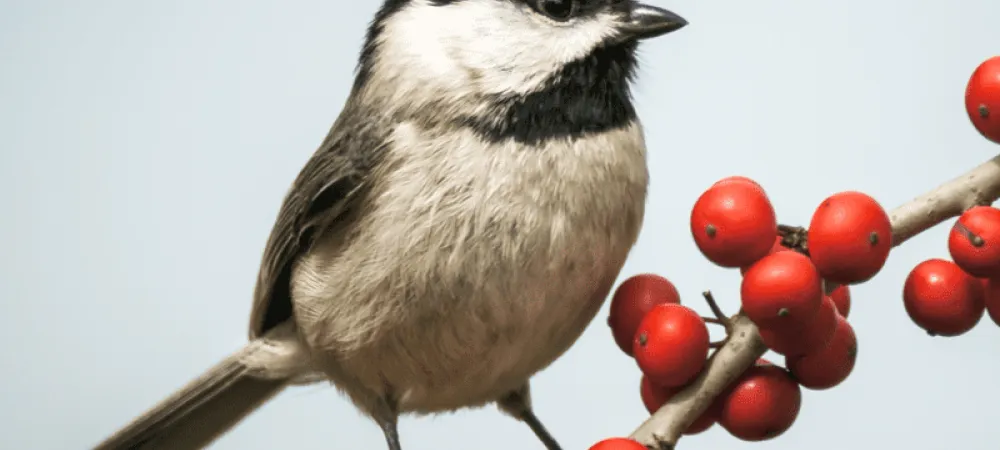Georgia Bird Watchers: How To Attract Winter Birds To Your Feeders

Bird watching in Georgia is a pastime loved by many people. Around this time of the year we see many different varieties of birds, we don’t usually get to see. This is because birds from northern climates are migrating south for the winter. Some of them stay in Georgia and many more stay here all year round. The winter is an excellent time to stock your feeders, sit back, and watch as your backyard fills with bird activity. Here are just a few of the common winter birds you will see at your bird feeder this season.
Northern Cardinal
The Northern Cardinal may be one of the most eye-catching birds you will see at your feeder. Cardinals are found in eastern, central, and southern United States and are year-round birds. Meaning, they don’t head south for the winter like other birds. Male Cardinals are bright red with black around their beaks. Females are smaller with a pale brown color and a hint of red on the wings. Cardinals like large seeds such as sunflower seeds and safflower.
Red-bellied Woodpecker
If you put out suet there’s a good chance you will see these beautiful birds appearing at your feeder. Red-bellied woodpeckers are medium-sized birds with a large head and long pointed beak. Their body is grey and black but the thing you will most likely notice first is the bright red heads of the males. Red-bellied Woodpeckers prefer peanuts, tree nuts, and suet.
Carolina Chickadee
Chickadees are adorable tiny little birds that are quite friendly. Their comforting call brings back fond memories of childhood trying to call back to them “chick-a-dee-dee-dee”. They have small round bodies and stout bills. They are gray in color with a black cap and bib that contrasts their white face. Chickadees also stick around all year and need a steady and reliable source of food. Carolina Chickadees like black oil sunflower seeds and eat from tube or platform feeders.
Blue Jay
Blue Jays are a controversial yet beautiful bird. They are known for raiding other birds’ nests and eating their eggs. They can also be very territorial at bird feeders and chase other birds away. Blue jays are found east of the Rocky Mountains and are year-round birds here in Georgia. Blue jays enjoy eating peanuts and hoarding sunflower seeds for the winter. If you aren’t vigilant, these pesky birds could make off with all of your seeds.
White-Breasted Nuthatch:
Nuthatches are tiny grey birds that are found in deciduous trees. They live throughout the northern parts of Georgia but are harder to find in the southern parts of the state. Nuthatches eat mostly insects, nuts, and seeds. These expert climbers can scale trees with ease, sometimes upside-down, as they forage for insects hidden under the bark of trees. Put some black oil sunflower seeds in a tube or hopper feeder and you will be sure to attract these cute little creatures.
Tufted Titmouse:
Titmice are small, plump little birds with big heads topped with a wisp crest. They have a stout bill and a long tail. The Tufted Titmouse is common in eastern deciduous forests of the United States and a frequent visitor to backyard feeders. They prefer to eat black oil sunflower seeds at tube and hopper feeders.
Hire The Experts at Environmental Turf management
It’s never too late to get a head start on next year’s lawn. At Environmental Turf Management, we know how hard it is dealing with lawn care and all the chores that go with it. Let us take the burden of lawn care off of your plate next year. Sign up for our year-round lawn care program and never have to deal with weeds again.
Give us a call at (770) 467-3851 for more information on how you can get started. You can also request an easy quote here. For more monthly tips on all things lawn care, check out our blog and follow us on Facebook and Twitter for our current deals and news.



